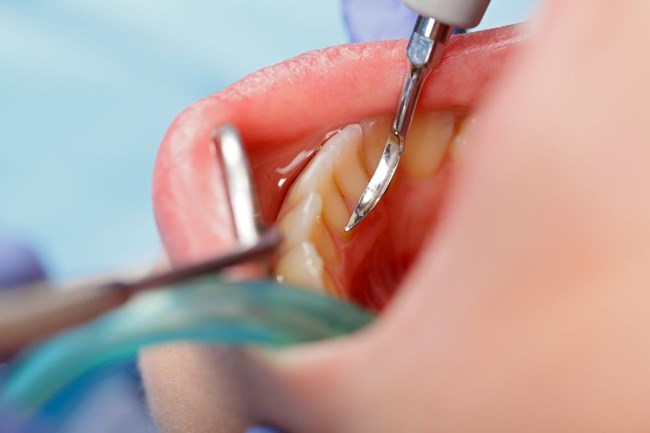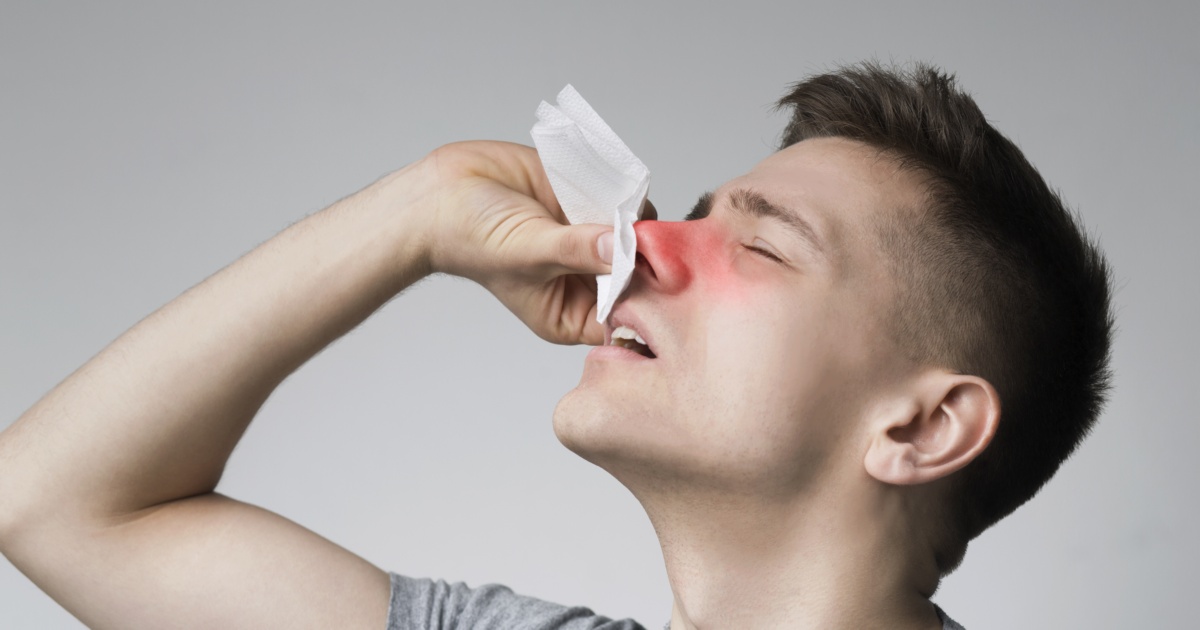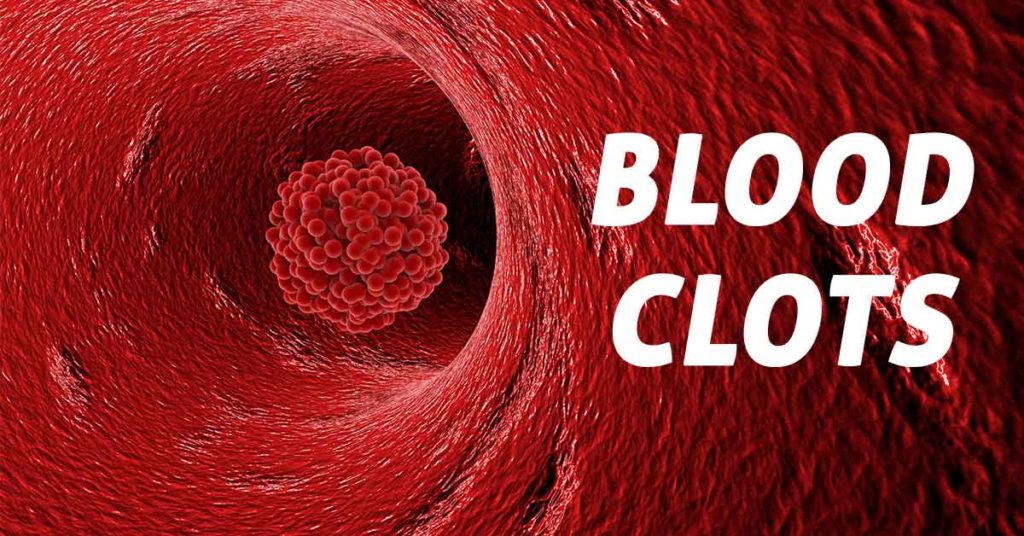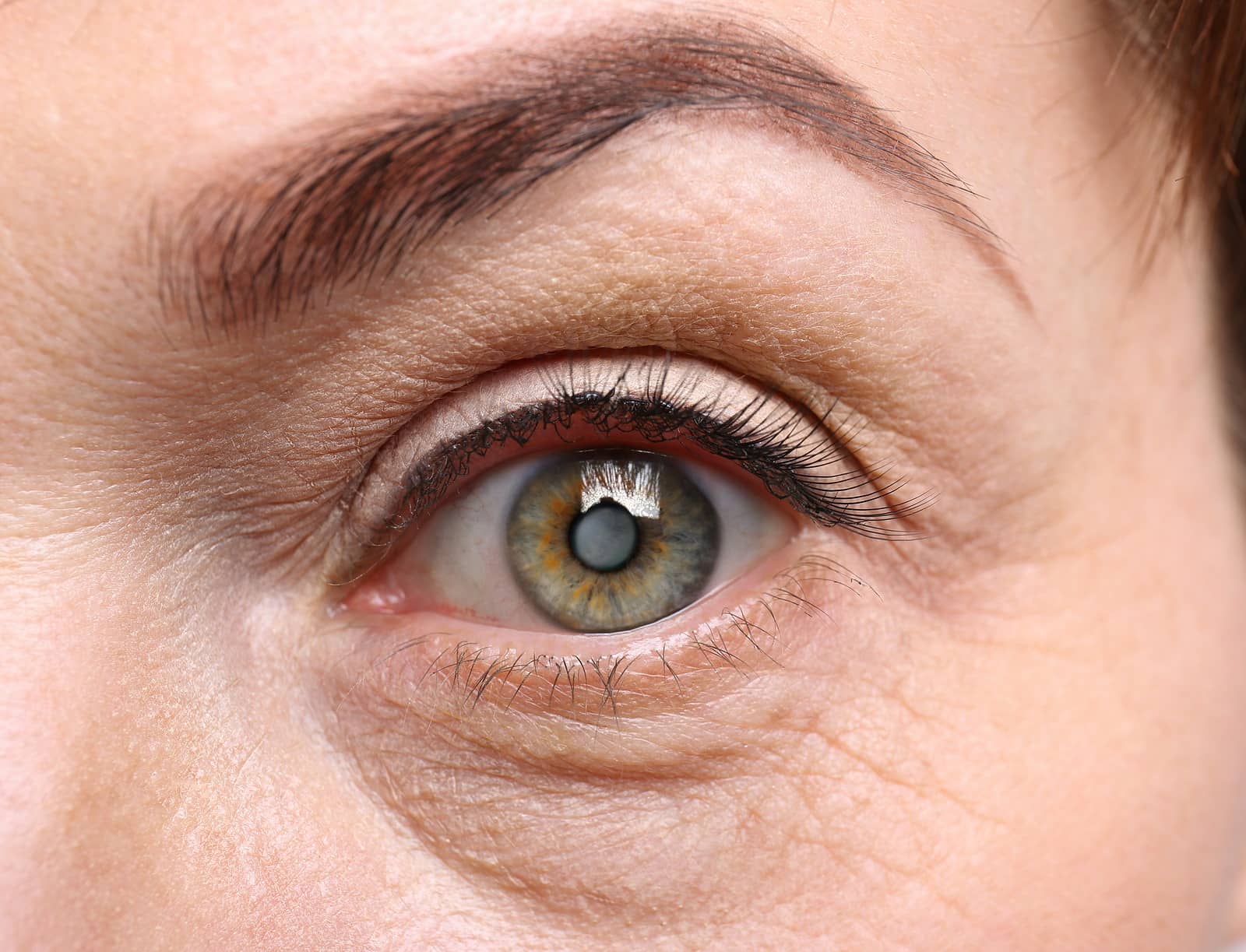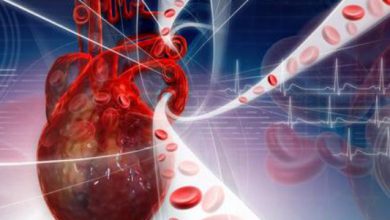Treatment of groin muscle strain with physiotherapy
Groin muscle strain is a type of injury that connects the abdomen to the legs and the internal thigh muscles to the pubic bone. Typically, groin strain occurs in the upper thigh muscles near the pubic bone or front of the thigh, and this injury is more common in athletes and men. However, certain activities can increase the risk of groin strain.
Groin strain can occur during speed or any activity that requires intense foot movement such as jumping, shooting, or changing direction when running. For example, groin sprains account for 10% of all hockey injuries and 5% of all soccer injuries. Physiotherapists treat groin strain by reducing pain and helping patients improve muscle strength, leg movement, and speed recovery.

What is a groin strain?
Groin strain is excessive stretching or damage to the muscles inside or in front of the thigh, making it difficult and painful to walk, lift the knee, move the foot from or to the body, and be caused by overuse or Sudden muscle contraction.
The injury occurs when the muscles are either too contracted or too stretched. Groin sprains are graded according to the amount of muscle damage:
- Grade 1: This grade includes mild or partial stretching or rupture of muscle fibers.
- Grade 2: This grade involves moderate stretching or rupture of a higher percentage of muscle fibers. There is more tenderness and pain, a significant reduction in strength, and sometimes bruising, and the use of the foot is significantly impaired, and limping is common when walking.
- Grade 3: This grade includes severe rupture of muscle fibers, sometimes complete rupture of the muscle, and if injured, the sound of “pounding” may be heard or felt.
When the groin muscles are stretched or torn, the muscle fibers and other cells become disrupted, and bleeding may occur, causing bruising. Within minutes to hours of the injury, swelling develops, causing the affected area to expand and the joint to feel stiff and dry.
Although groin sprains often occur in sports such as soccer and dance, they may also occur during daily activities such as lifting heavy objects or slipping while walking.
How does a groin strain feel?
Groin strain can cause severe pain or spasm in the groin or lower abdomen, and the pain may go away quickly or continue. For example, severe bumps become a throbbing pain when you want to move your foot, walk, or rest.
Low-grade stretching may be painless without daily activities and walking but is exacerbated by rapid foot movements such as kicking, swimming, or running/jumping. More intense stretching can cause muscle cramps or weakness. Simple movements that involve trying to lift the leg or knee or bending the knee can provoke pain and even spasm the groin muscles, and if the groin strain has a grade 3 (complete) rupture, it may be at the time of injury.
Signs and symptoms:
With a groin strain, you may experience one or more of the following symptoms in the groin or lower abdomen:
- Pain, deep pain, or spasm
- Inflation
- Bruising
- Tangi
You may also experience one or more of the following symptoms:
- Weakness in the legs when trying to walk, climb stairs or move feet
- Lameness when walking
- It isn’t easy to do everyday tasks that require standing and walking.

How is it diagnosed?
If you see a physiotherapist first, the therapist will do a thorough evaluation that includes your health history. Your doctor’s first goal is to rule out another serious illness that is causing your symptoms, and you should see another specialist, as groin pain can be associated with other diagnoses related to your hip, pelvis, or lower back. Your doctor may ask specific questions or use other tests to evaluate for possible pain in this part of the body.
Your doctor may ask you these questions:
- What did you do when you first felt the pain?
- Where did you feel the pain?
- Did you hear a “knocking sound” when the pain occurred?
- Did you hit your leg or groin directly?
- Did you notice swelling in the first 2 to 3 hours after the injury?
- Do you feel pain when lifting your legs, walking, moving your legs away from you, or stretching your knees?
Your doctor will perform special tests to diagnose groin muscle strain, such as:
Gently move your legs away from your body.
Your doctor will ask you to resist his hand while trying to pull your foot out (muscle strength test) gently.
Gently touch the muscles to pinpoint the exact location of the injury
Your doctor may work with an orthopedist or other specialist for a final diagnosis. An orthopedist may do more tests to confirm the diagnosis and rule out other possible conditions, such as X-rays or magnetic resonance imaging (MRI). Still, these tests are not usually needed to stretch the groin.
Treatment of groin muscle strain
Your doctor will design a special treatment plan to speed up your recovery, including exercises and treatments that you can do at home to help you return to your normal lifestyle and activities.
Treatment in the first 24 to 48 hours
Immediately after consultation, your doctor may recommend the following:
- Avoid walking or any activity that causes pain, rest the affected area and use a cane to reduce further pressure on the muscles when walking.
- Rub ice packs every 2 hours for 15 to 20 minutes.
- Press the area with an elastic band.
Physiotherapy
Your physiotherapist will design an individual treatment plan for you based on your unique circumstances and goals. Your schedule may include:
Reduce pain
Your physiotherapist can use various treatments to control and reduce your pain, including cold and heat therapy, ultrasound, electrical stimulation (TENS), tape therapy, exercise, and practical treatments such as massage. In addition, reduce the need for painkillers, including opiates.
Improved movement
The physiotherapist selects specific activities and treatments to help restore normal movement in the legs and pelvis. This may be due to the “inactive” movements that the therapist performs to slowly move your legs and thighs toward the exercises and Move the active stretches you do yourself.
Improve power
The physiotherapist selects and teaches you the appropriate exercises to regain strength and improve movement. These may include weights, traction bands, weight lifting equipment, and cardio equipment such as treadmills or stationary bikes.
Speed recovery time
Physiotherapists are trained and experienced in selecting appropriate treatment methods and recovery exercises, returning to a natural lifestyle and quickly achieving their goals.

Safe return to activities
Your physiotherapist will work with you to decide on your recovery goals, including returning to work or exercise, and to achieve these goals in the safest, fastest, and most effective way possible, as well as planning exercises and exercises. Does and gently teaches you. Your therapist may also teach you specific exercise techniques and exercises to help you achieve specific exercise goals.
Avoid re-injury in the future.
A physiotherapist may recommend a home exercise program to strengthen and stretch the muscles around the thighs, upper legs, and abdomen, including strength training and flexibility of the leg, thigh, and core muscles to prevent future groin injuries.
If surgery is needed
Surgery is rarely necessary in cases of a groin strain. Still, if the groin muscle is completely torn and needs surgical repair, a physiotherapist can help you minimize the pain, regain your movement and strength, and do so.
Can this Injury or disease be prevented?
The following tips can prevent groin strain:
Gradually increase the intensity of activity or exercise.
Always warm up before starting any exercise activity.
For fitness, even outside of the workout season, follow a regular program of strength and flexibility.
Strengthen the muscles of the inner thigh and groin.
Wear shoes that are in good condition.
Use the correct lifting methods.
A physiotherapist can help you learn more about each of the above recommendations and provide specific training to follow.

